Unlike silent disco audio systems, our product changes channels hands-free, based on one's location rather than direct user input on headsets. This is because our system uses infrared signals to change the audio channels which allows a more engaging theater experience.
The Team
Team: Taylor Chevalier (Mechanical Engineer), Ansh Mehta (Mechanical Engineer), Bao Phuc Duong (Computer Engineer), Jaewan Koo (Electrical Engineer), Zheyuan Zhang (Industrial Design), and myself.
While I recognize this is a team project, I wanted to highlight the parts that I worked on so that I could clearly show my skills. Our professors were Wayne Li and Felix Herrmann.

Research
I led the interviewing of multiple people to help understand the how audio impacts people in immersive theater. I spoke with audio engineers, theater designers, the client, and music technologist. I also researched trends and data into the growth of the industry.
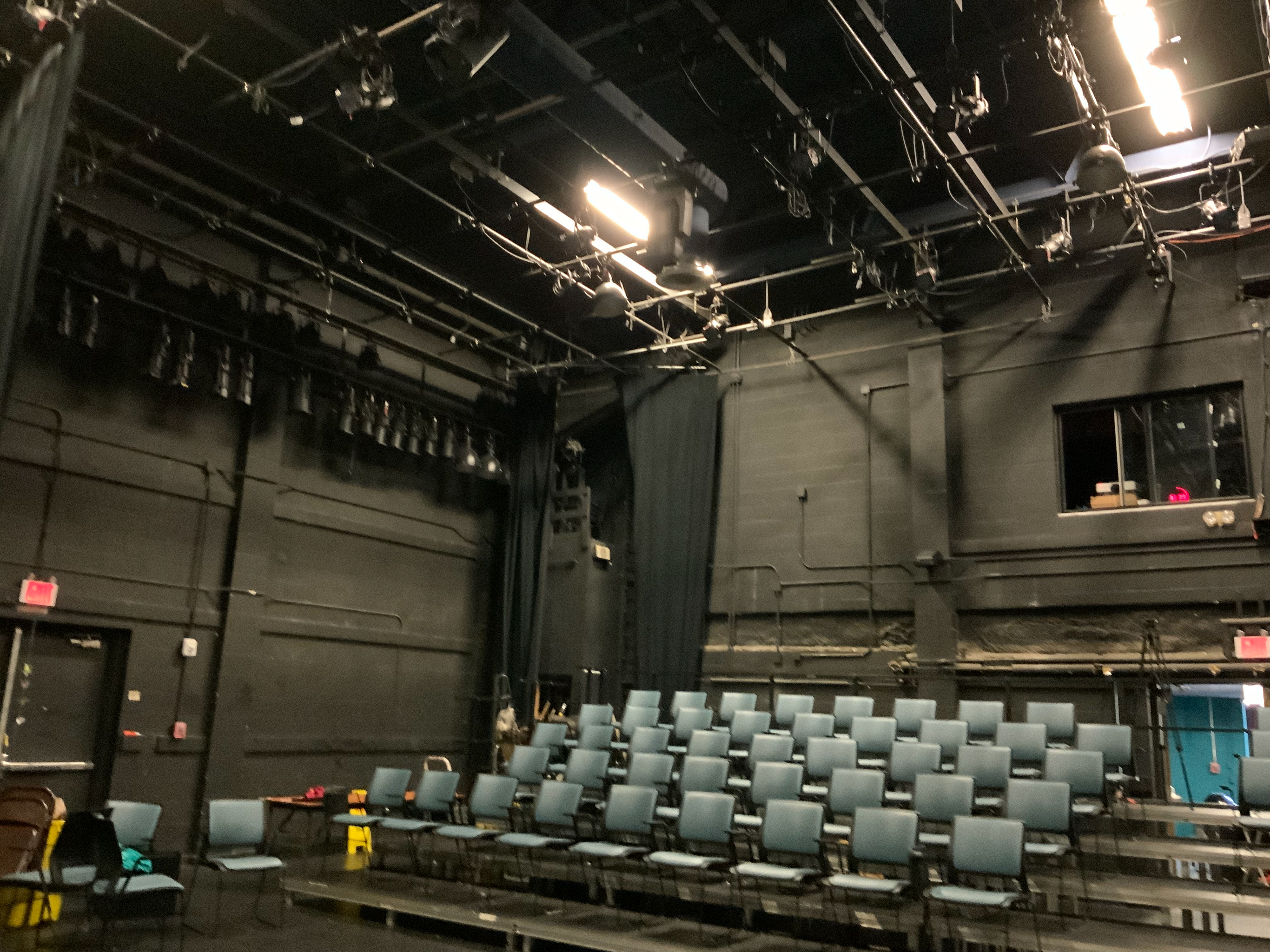
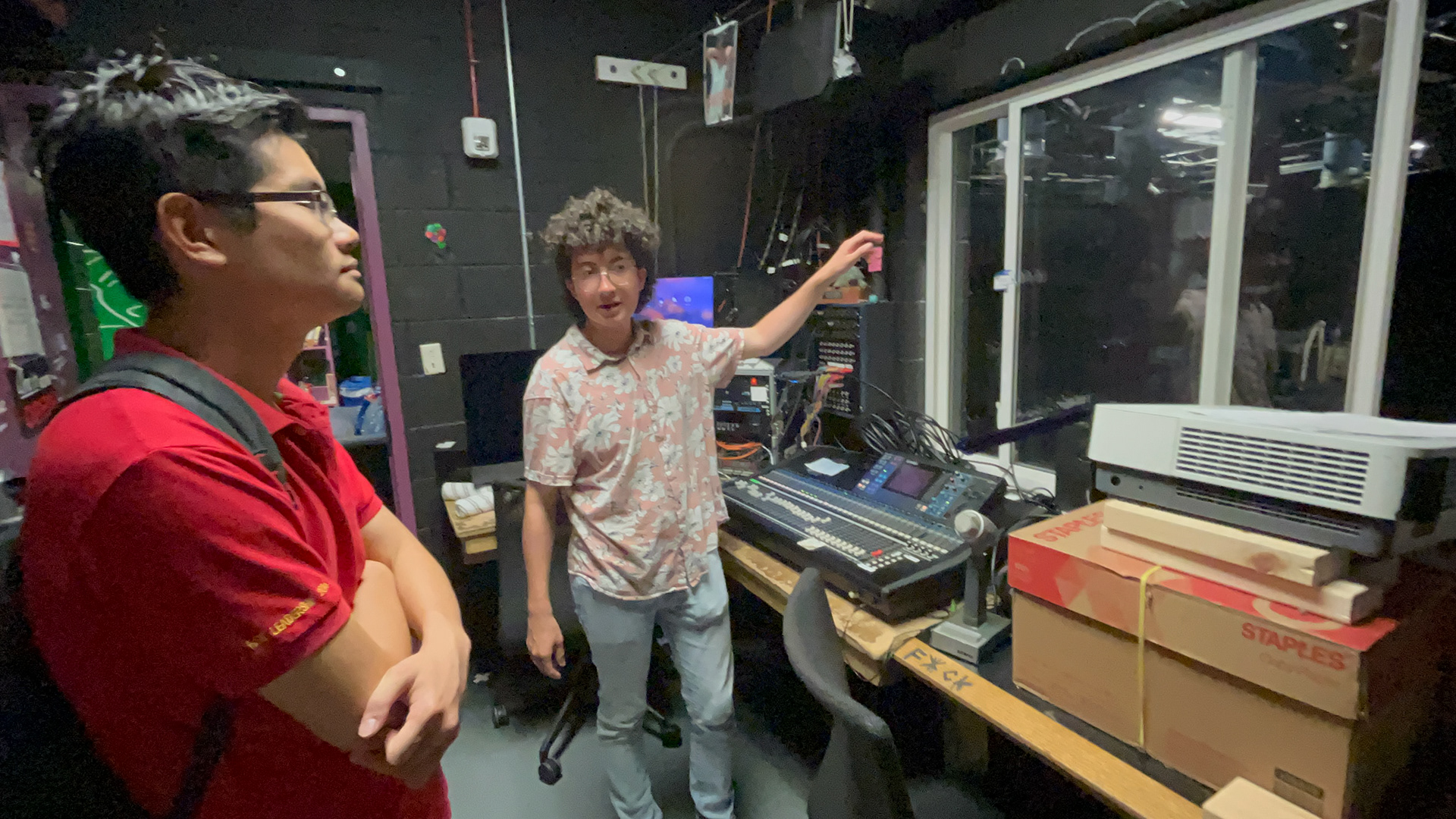

Concept Development
Through mind mapping, sketching layouts, and researching different kinds of technology to track people's movement, the team collaborated to come up with ideas about how to change audio depending on one's location. We looked into GPS, Wifi, Bluetooth, and FM technologies.

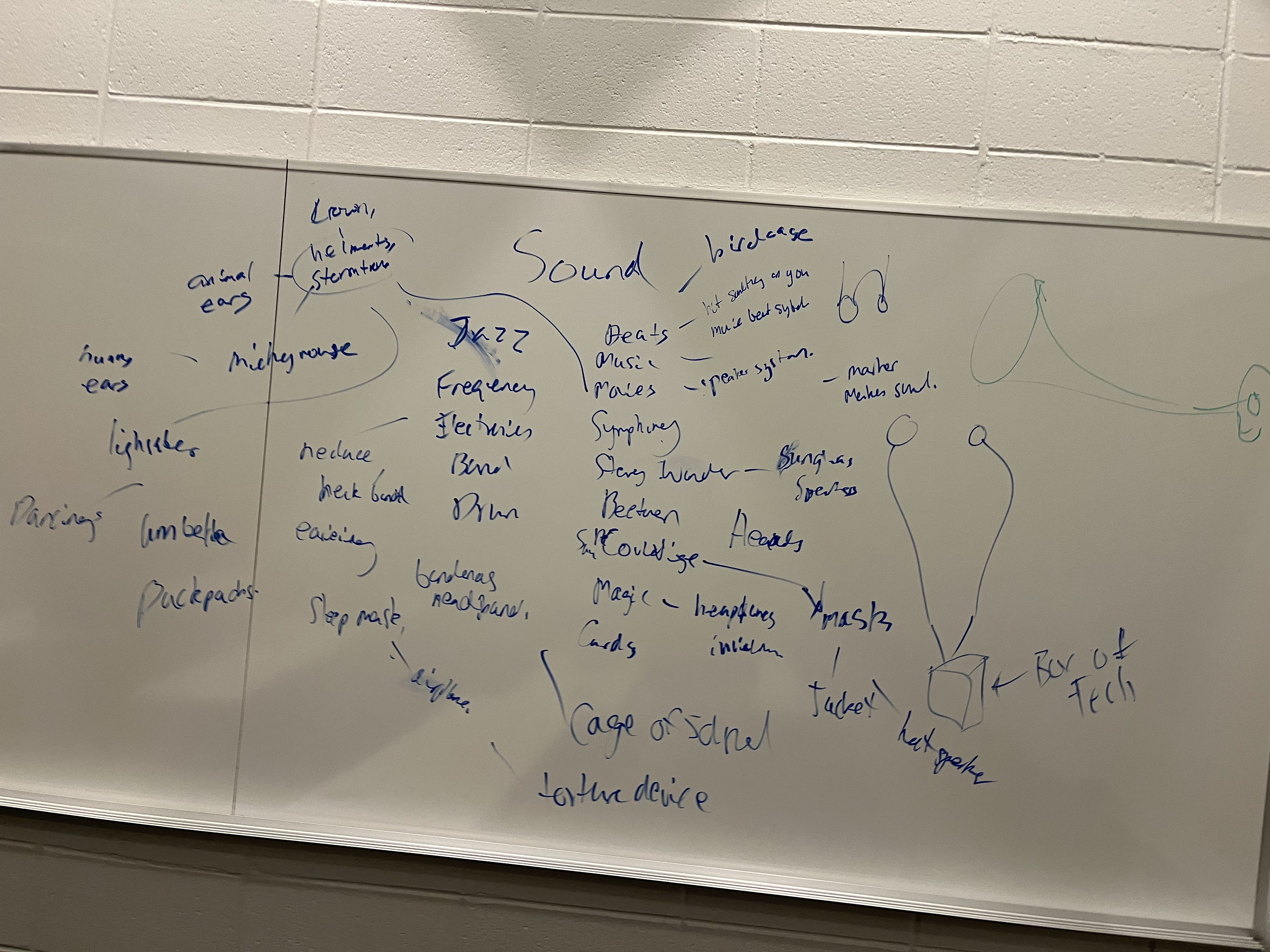


Electronic Prototyping
While some members of the team worked on form development of the headphone system, I tracked down different receivers, transmitters, Ardunios, and other sensors to build a prototype. I then coded an Arudino, soldered parts together, and tested the system.
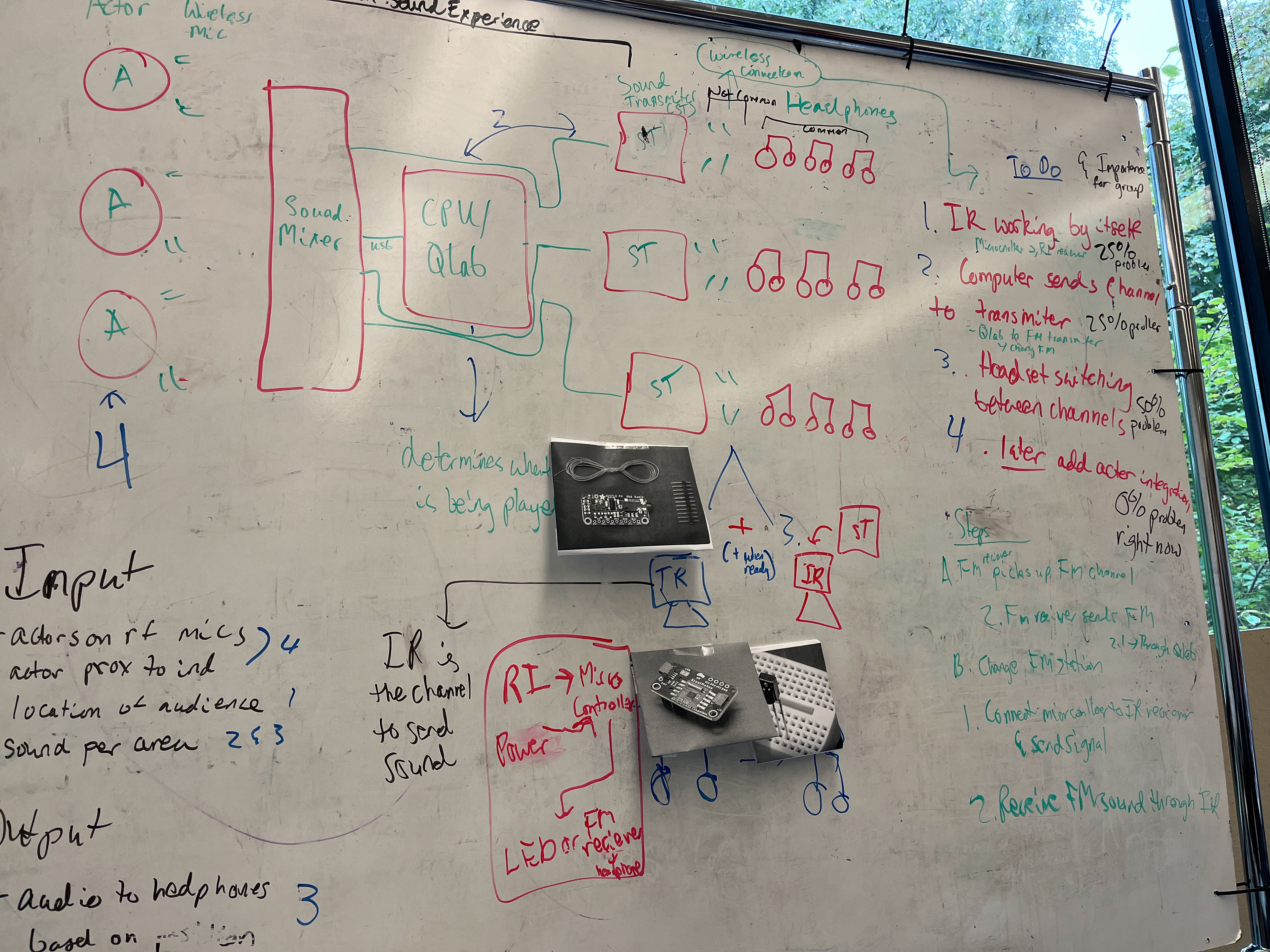
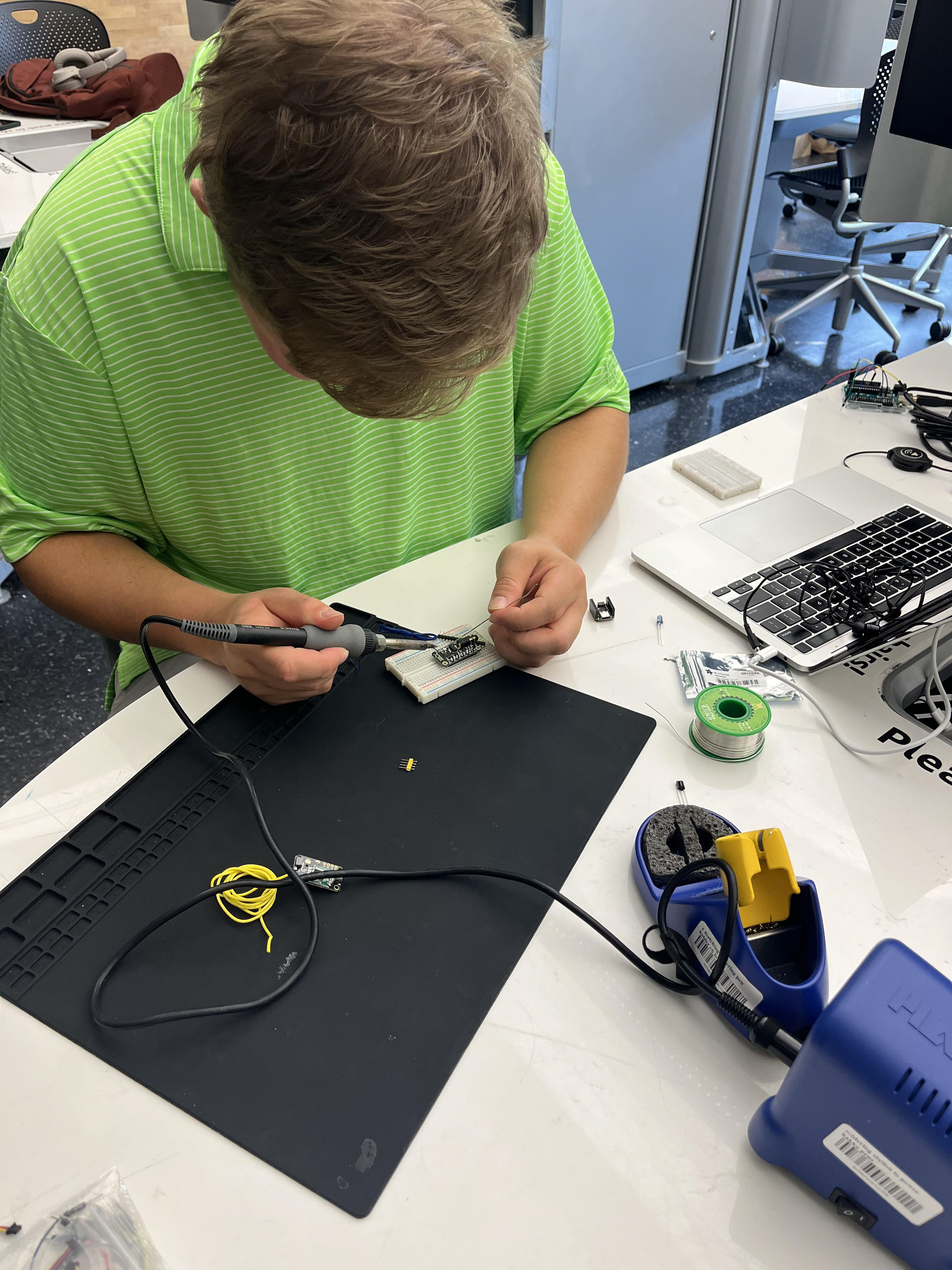

Infrared and Receiver Electrical System
This system shows a audio channels changing based on different infrared commands, proving the concept of audio being changed by infrared was possible. A system to hold these parts would need to be created.
Physical Prototyping
Using foam core and tape, I made some low fidelity models to hold the electronics and test to see if it would hold up inside a box. I also played around with how the system was attached to the headphone.

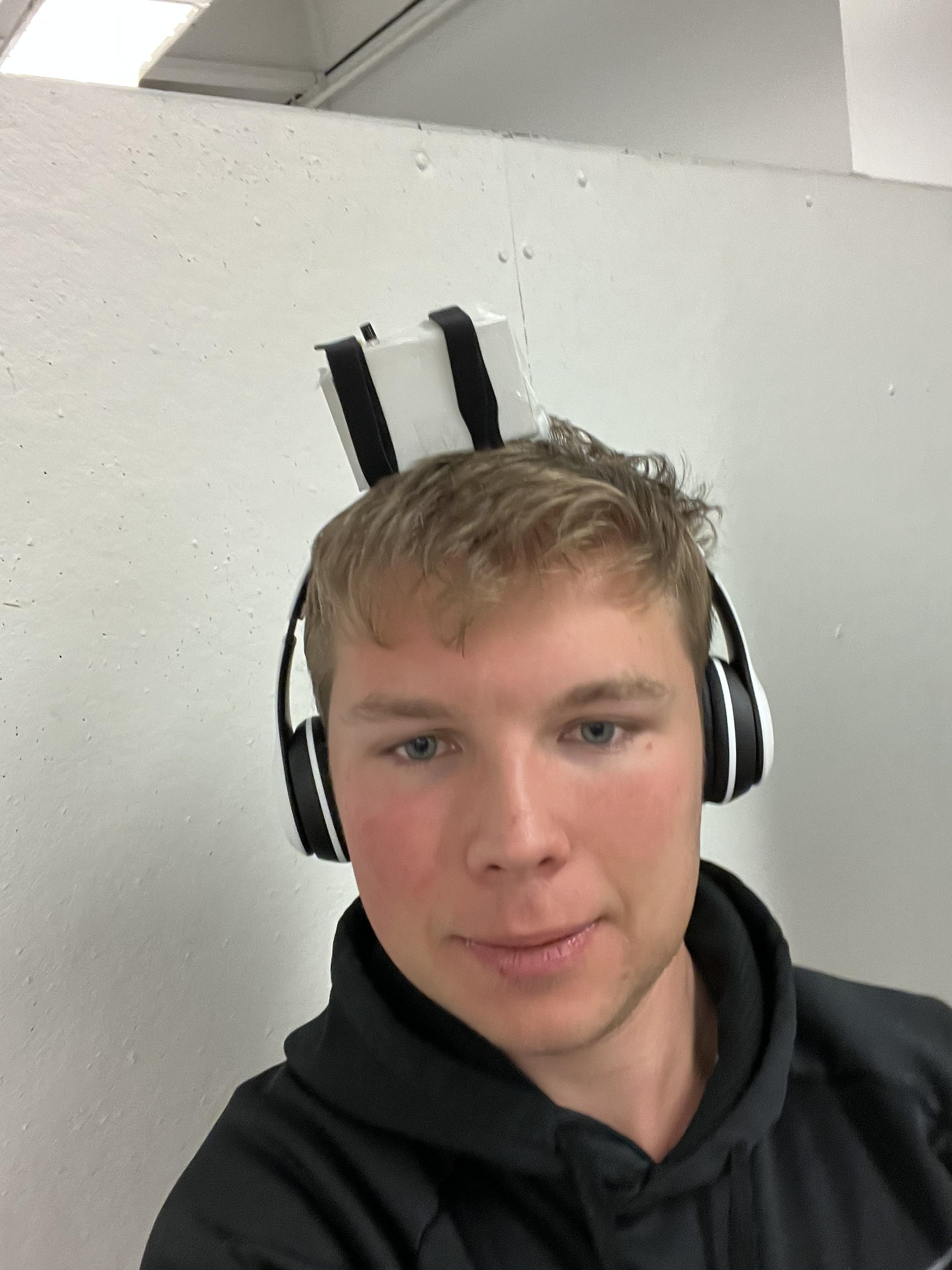
A CAD model was made in Fusion360 to show a concept of how the parts could be enclosed inside.
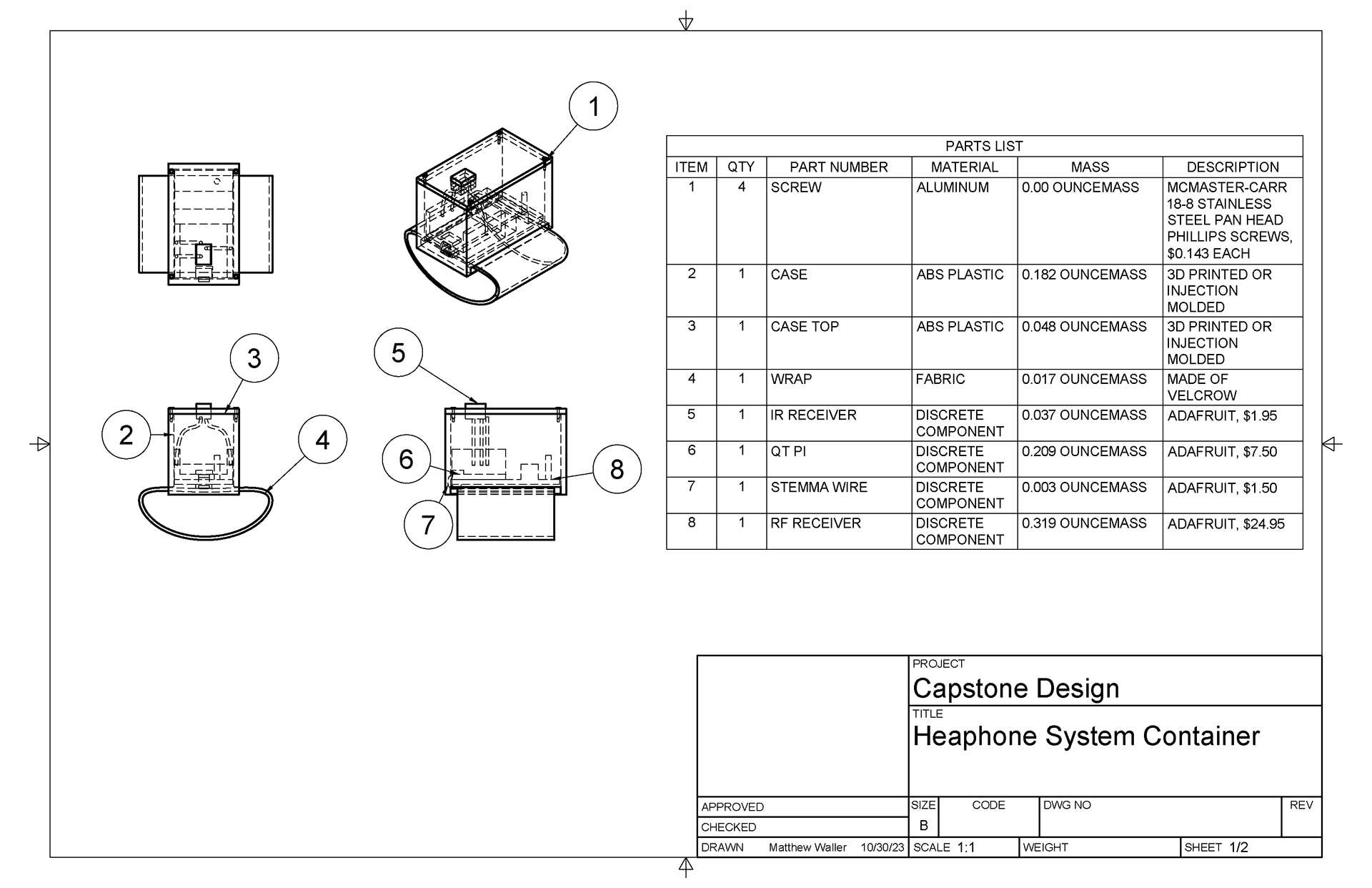
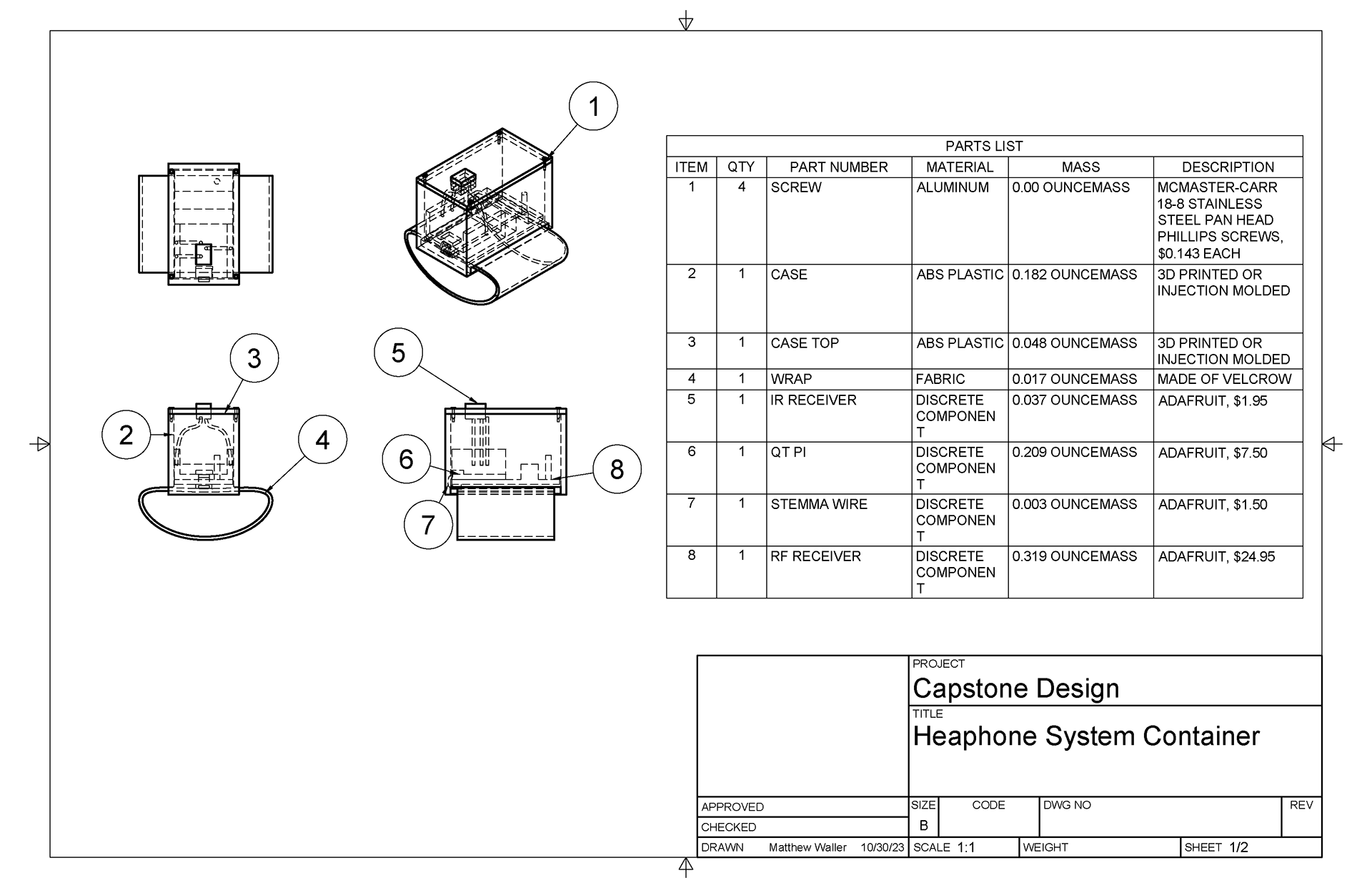
Some 3D prints were made after some redesign in Solidworks. The third picture below is of the mid fidelity 3D print design.

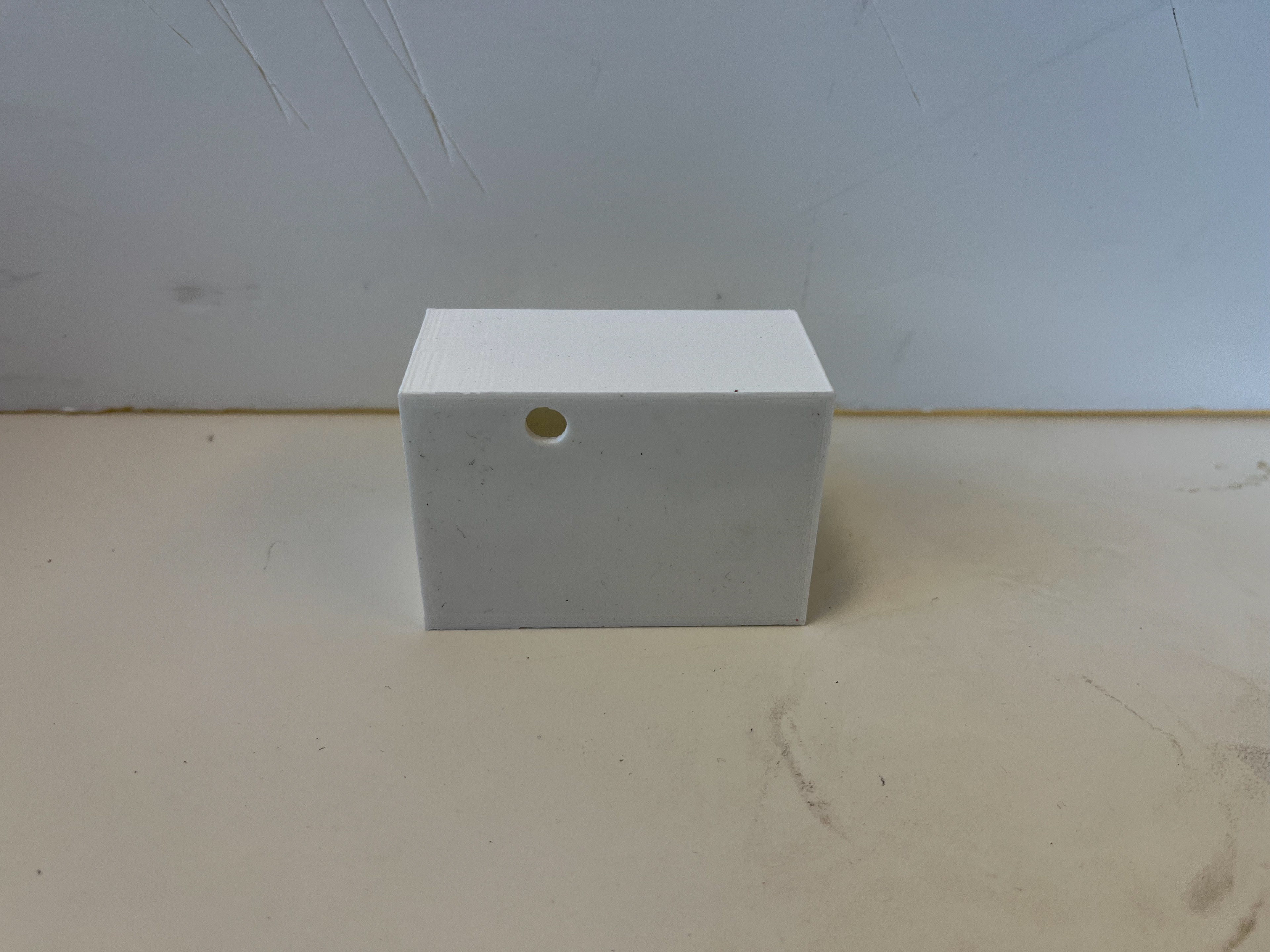
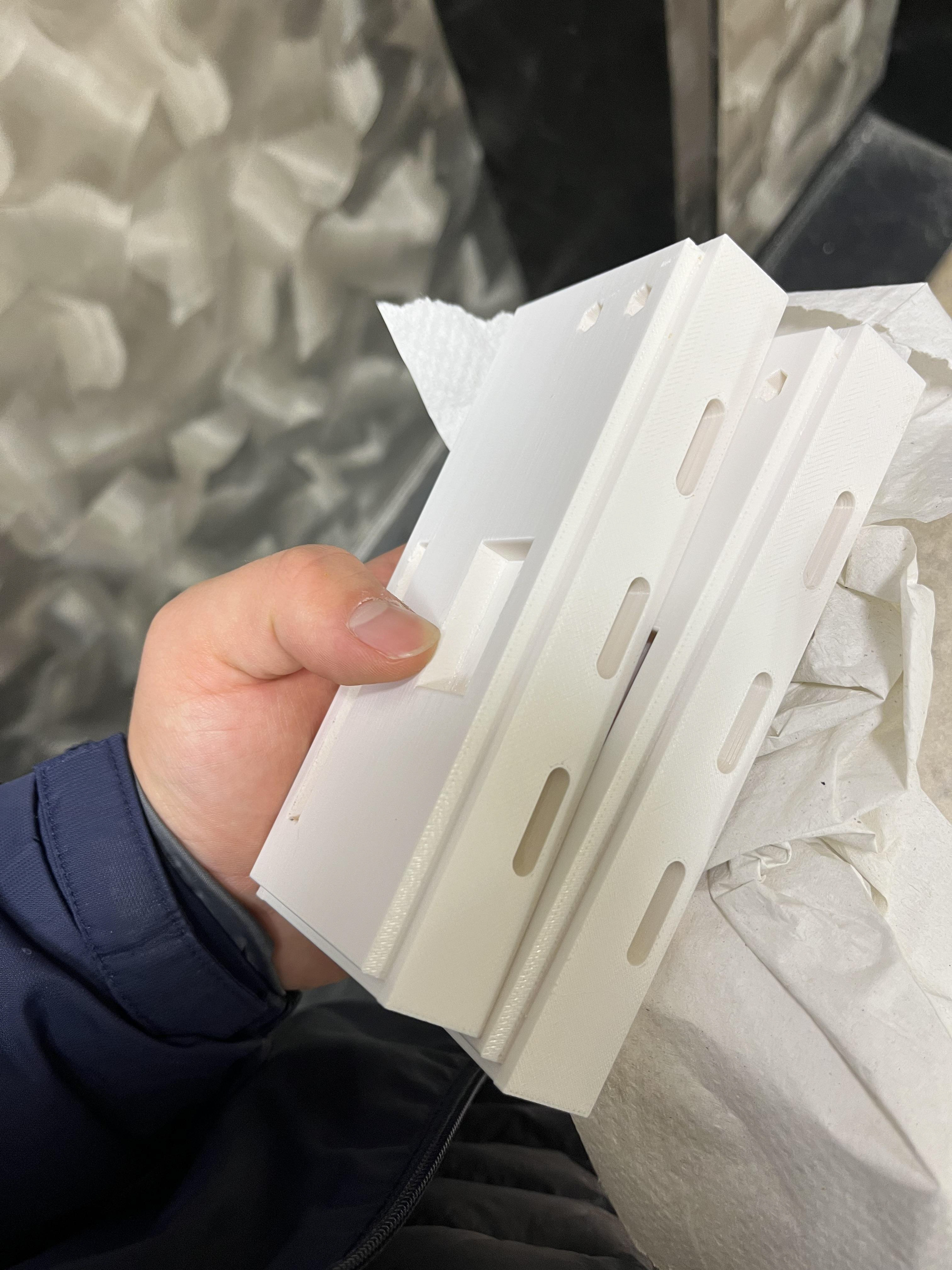
I laser cut an acrylic sheet to create a box that could be placed on top of the 3D print. I then acrylic weld the sides together.


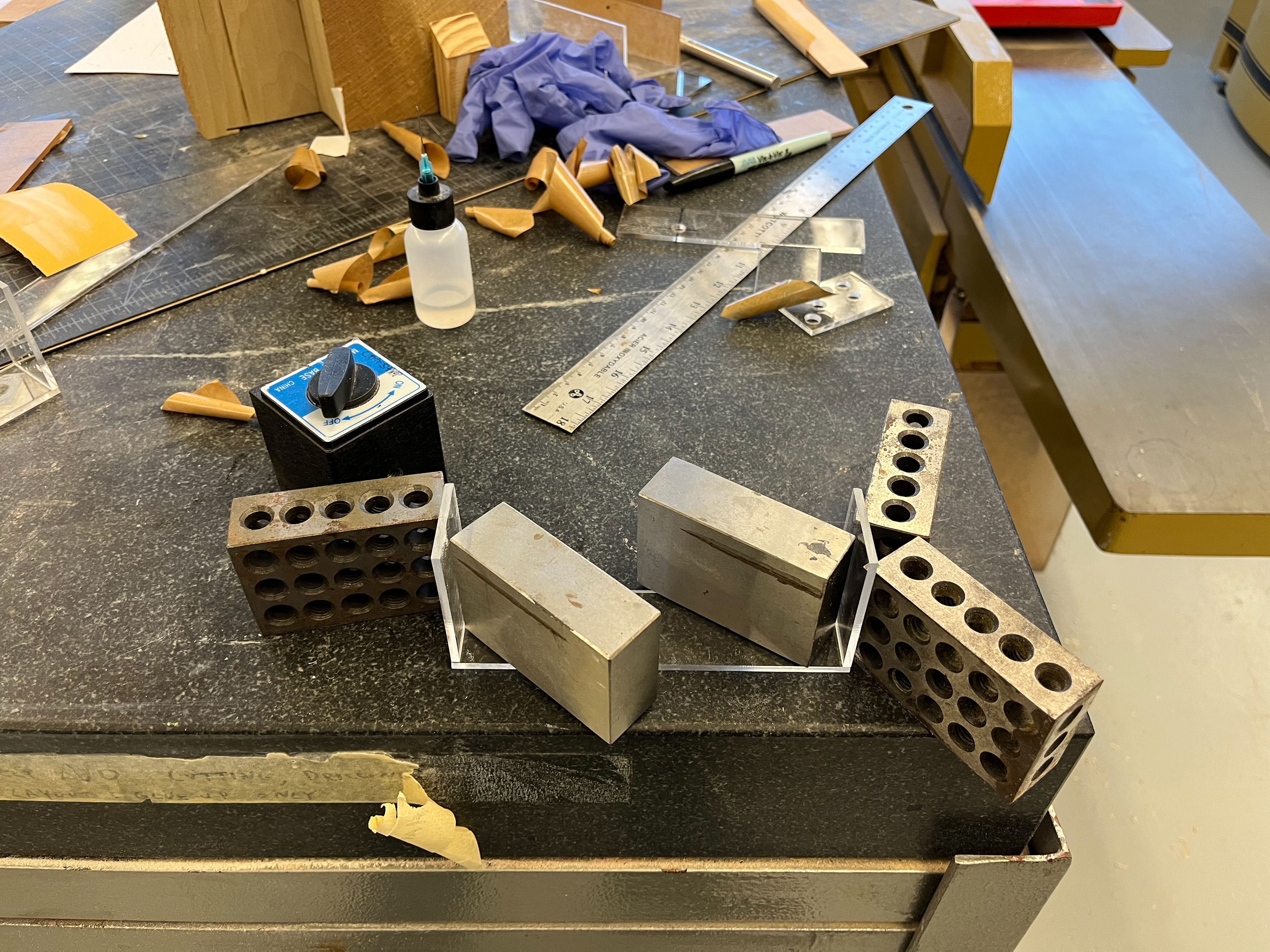
Renderings
Taking the Solidworks file that Taylor design, I then CAD some wires and electronic components and added a headphone model in Fusion360. I then rendered it out in Keyshot.
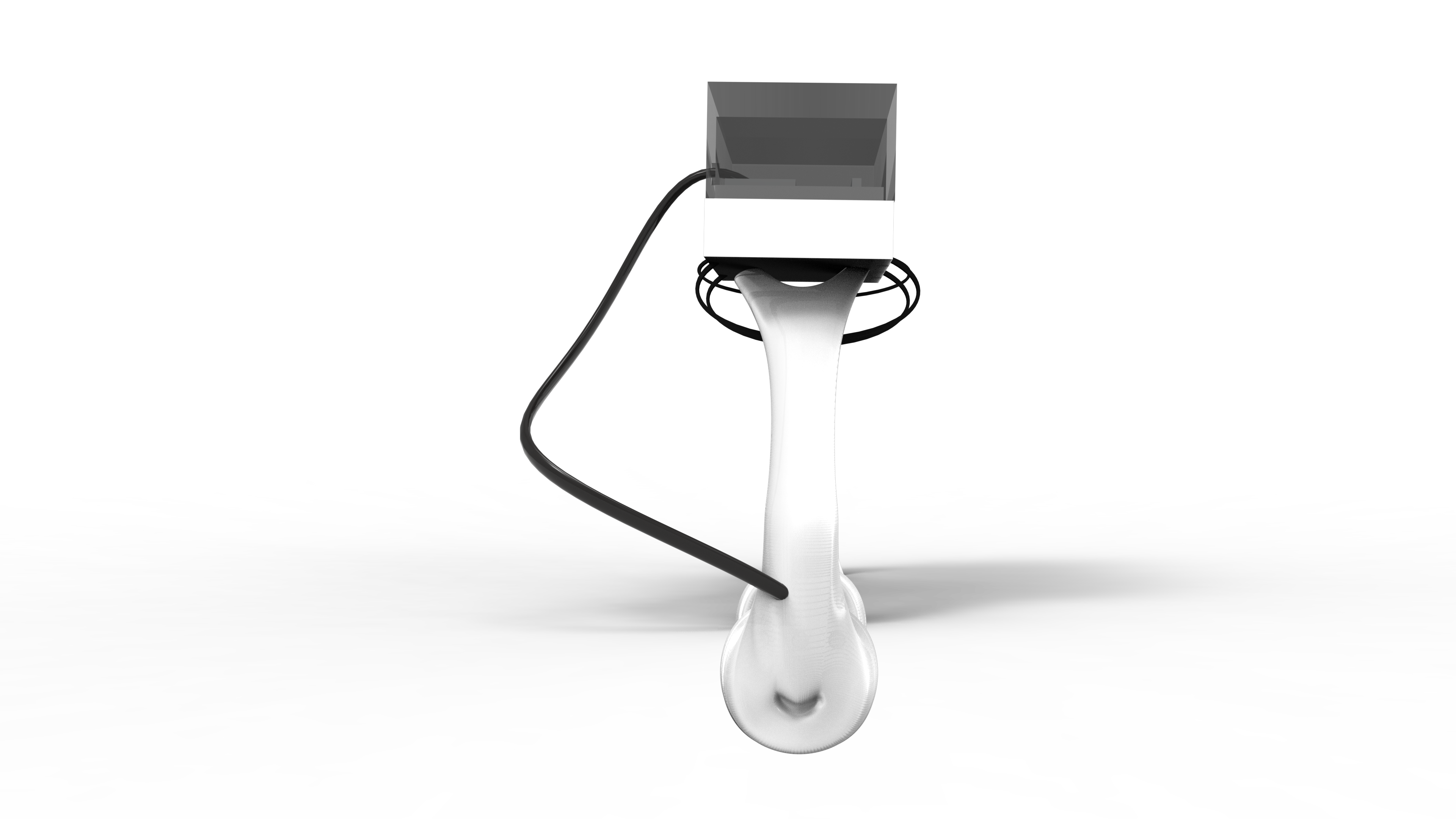

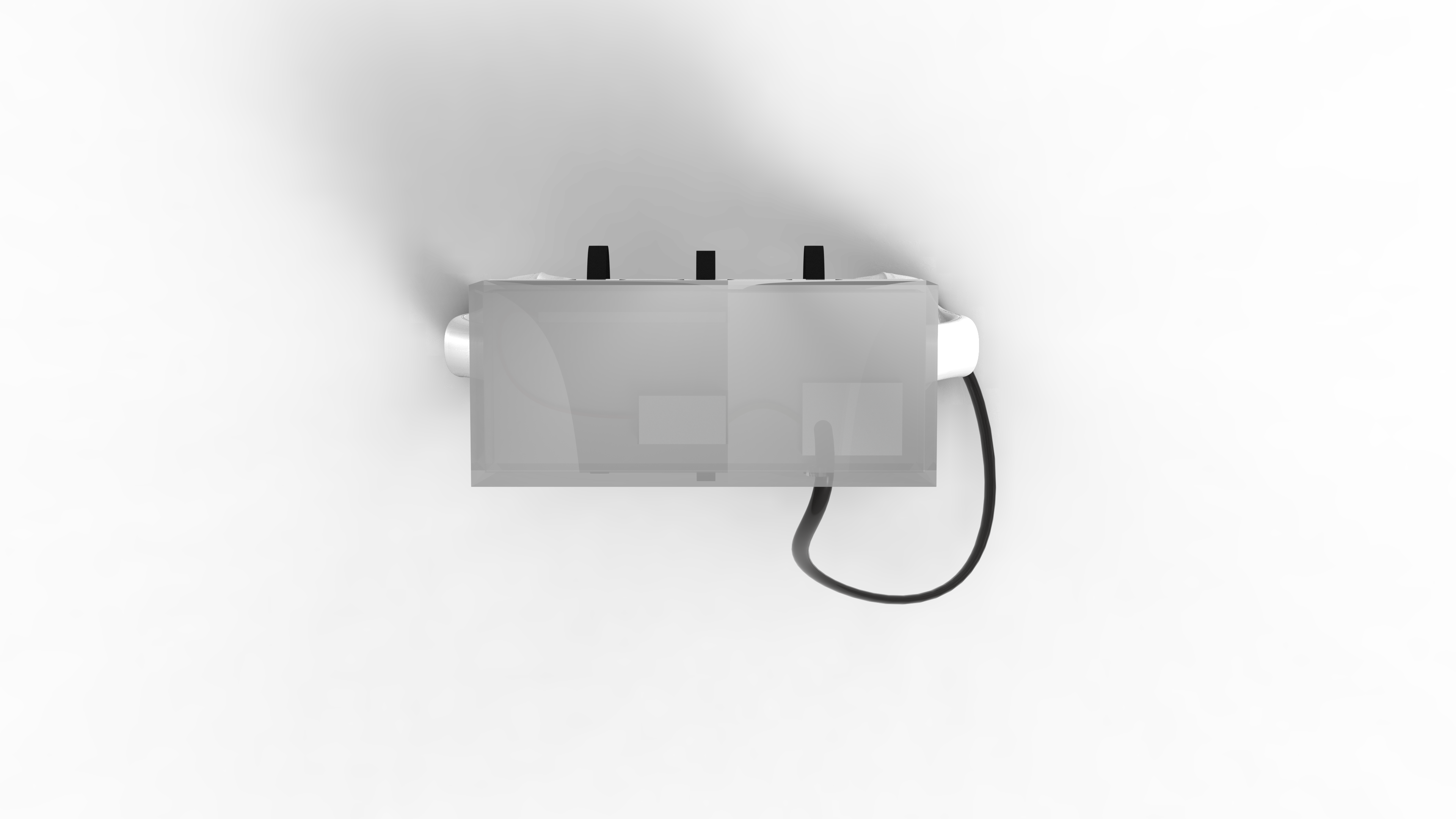
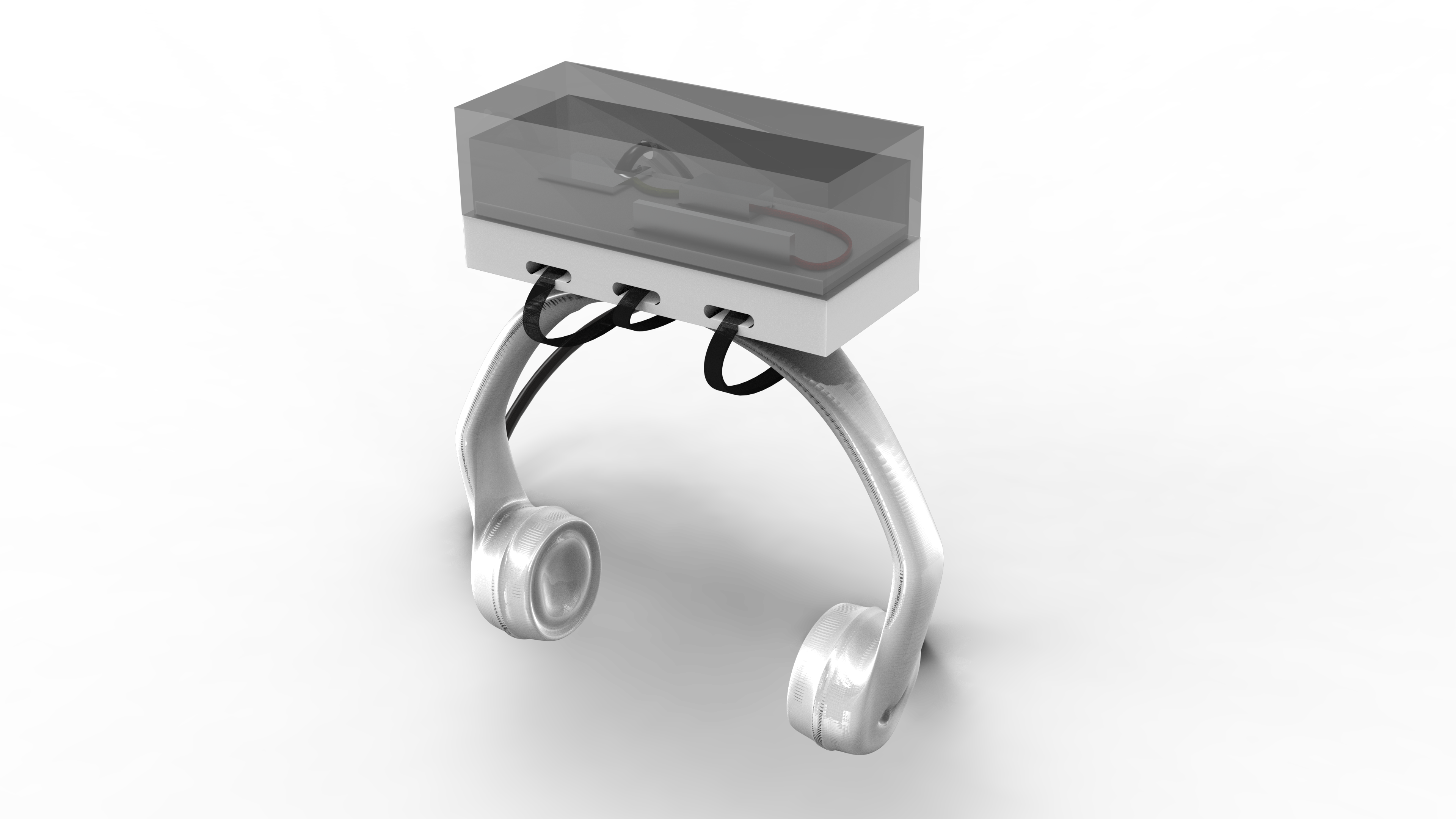
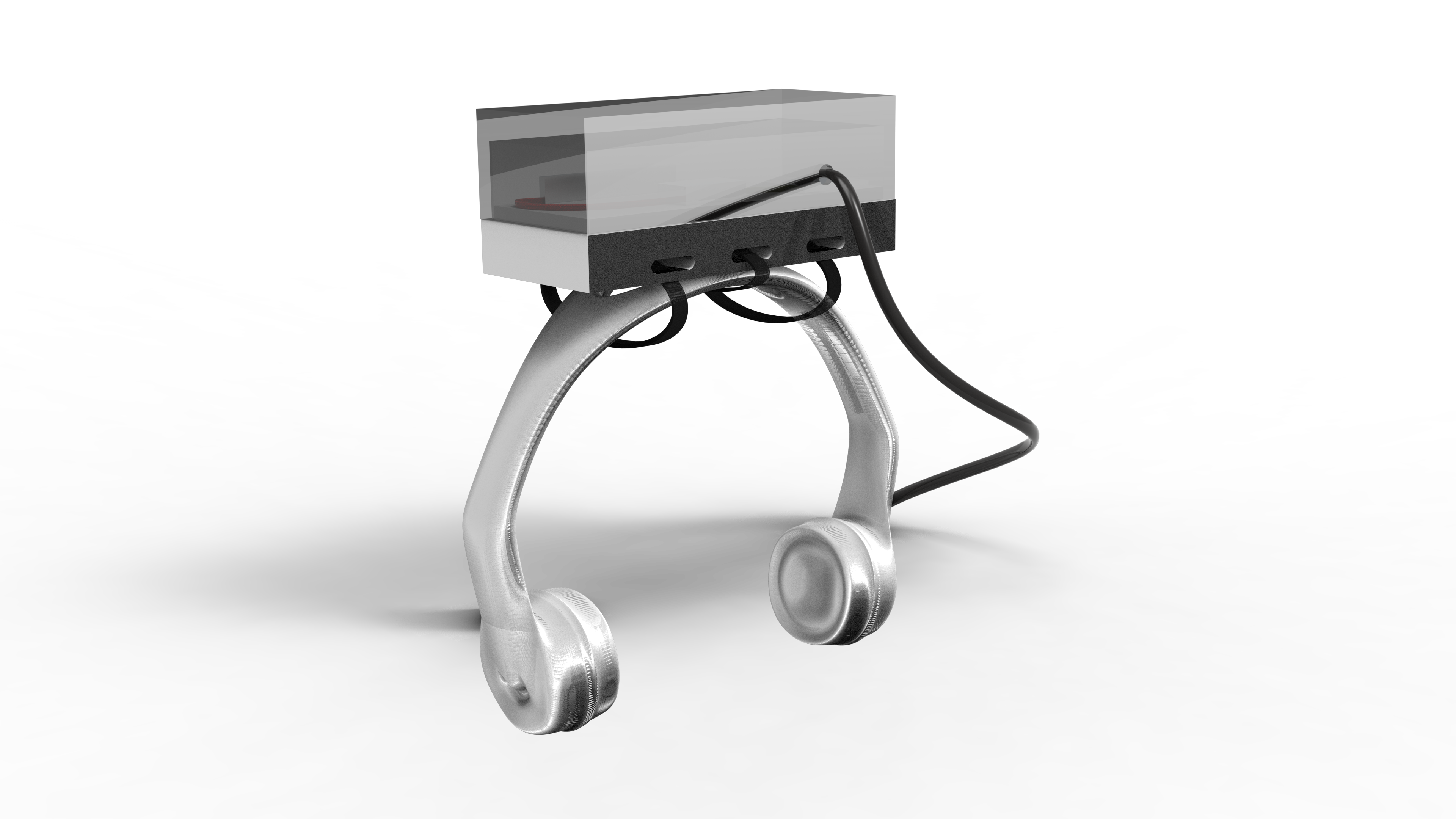
Mid-Fidelity Prototype
This video shows a group member walking around, hearing the audio changed depending on where she is at in the room.
Expo Presentation





Conclusion/Lessons Learned
Understanding Your Team: When working with different people, everyone comes with different project experience. In the beginning, I did not know that majority of our engineering group members had not had project based experience. In so, I found it a challenge and balance trying to get my own work done, help keep the group on schedule, and teach others new skills all at the same time. Doing this in a supportive manner allowed the team to develop a positive team culture.
Clarity is Key: With a team of 6 people, there was a lot of different ideas and input that are thrown out. A lot of times, I had to ask people for clarity on what they meant by the "design" of an item, what part one was talking about, or when the next meeting is located. I learned to always ask the group if anyone had questions in the end, and if anything seemed unsure, I would ask for clarity.
Document! Document! Document!: With so many items being worked on by multiple people at a time, sometimes not everyone is working in the same room at the same time. I found it so important to document our work, and encourage others to do the same, so that we could show how we got to our final design. Also, I realized putting items in writing would help document things people were suppose to work on, so the team could reference back to it if the items were not completed.